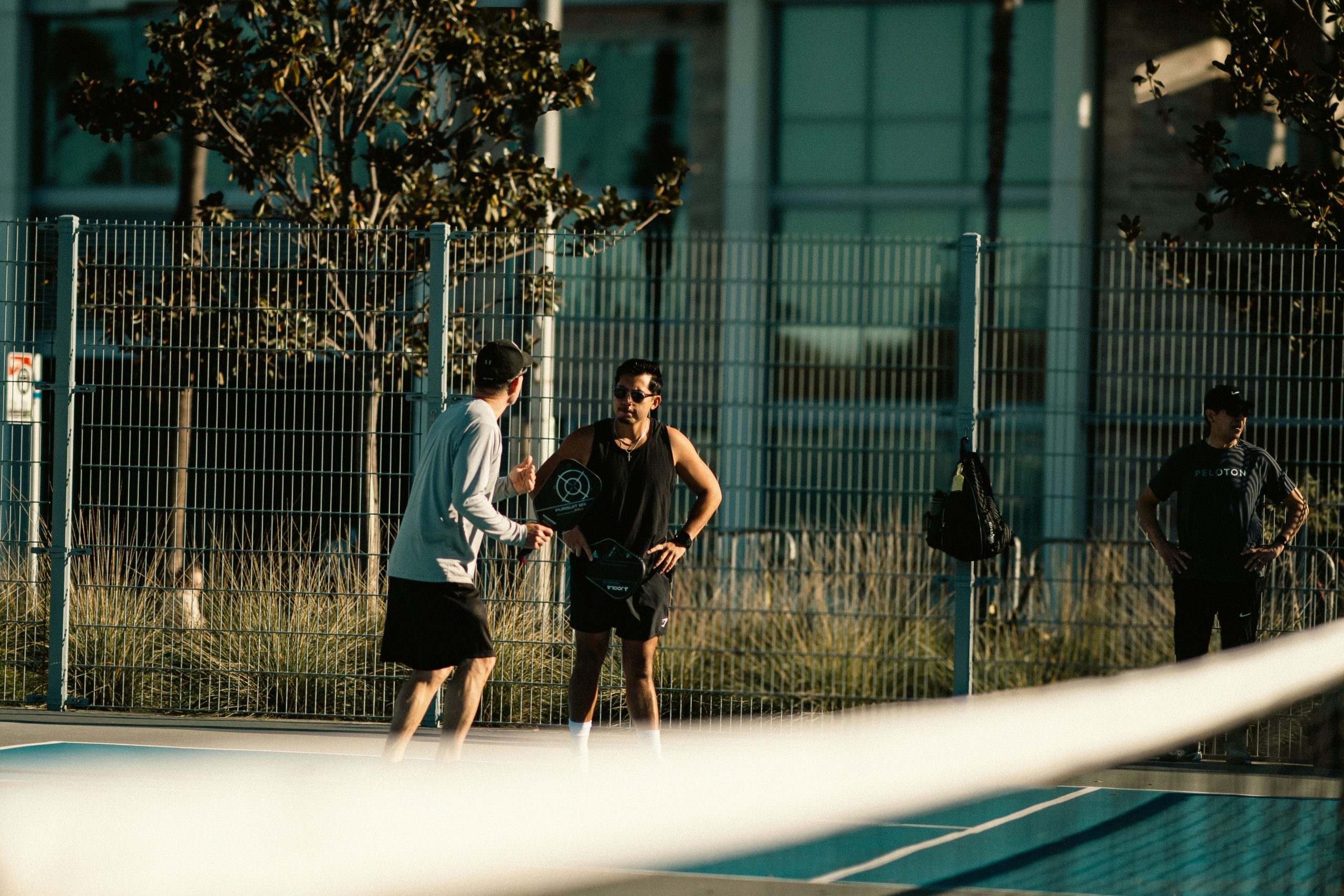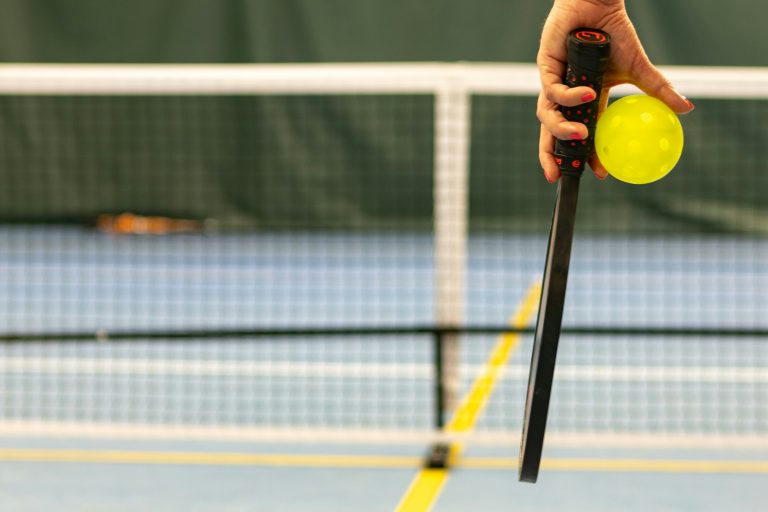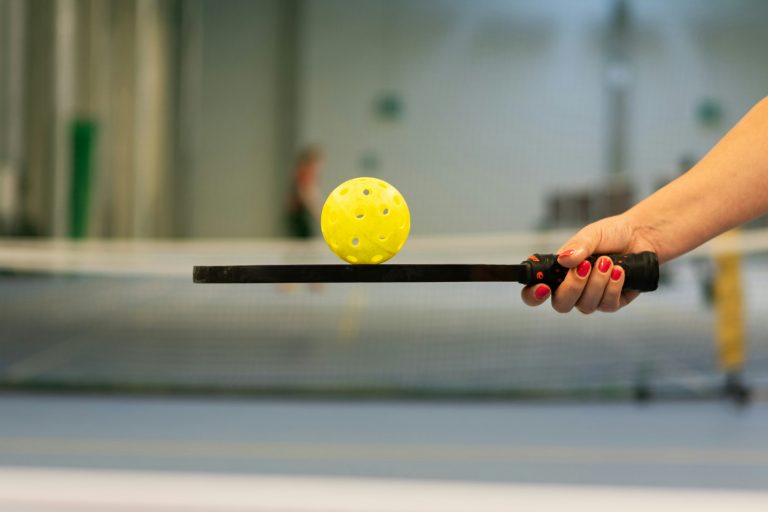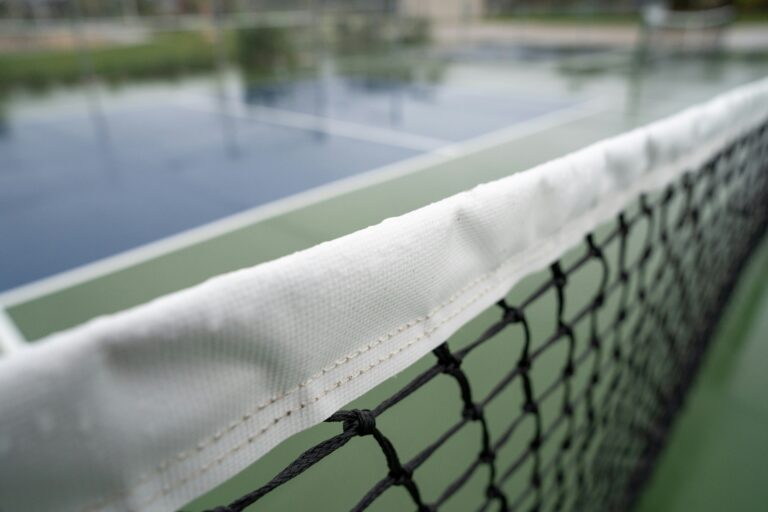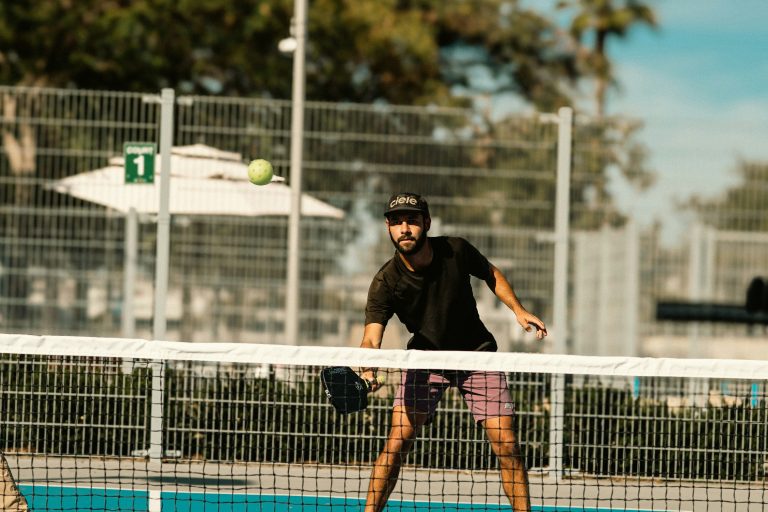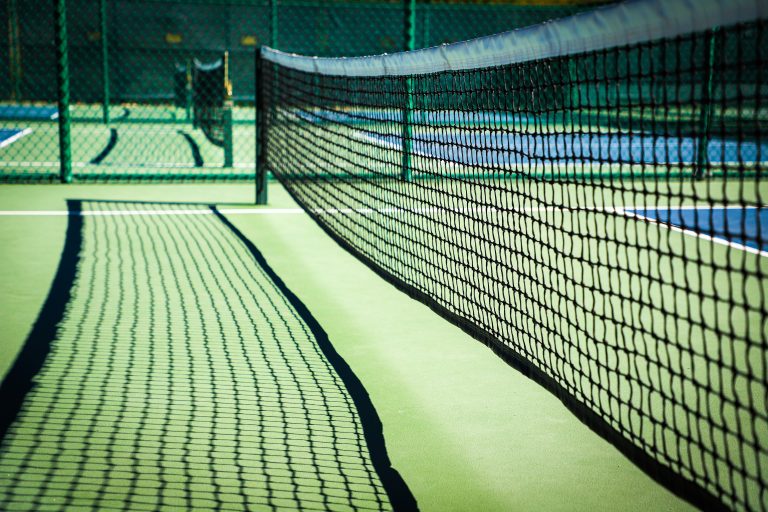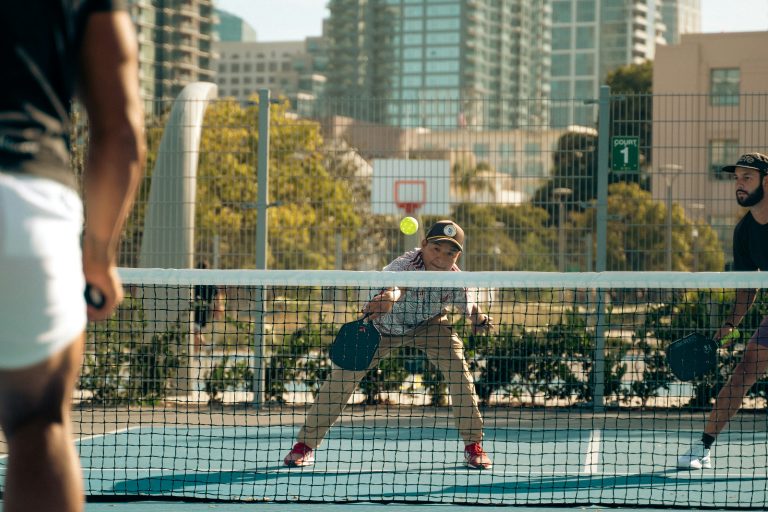When to Replace Your Pickleball Paddle (And How to Make It Last Longer)
Updated July 2025
Wondering if your paddle is past its prime? Whether you’re a weekend rec player or a competitive regular, paddle performance eventually drops off. In this 2025 guide, we’ll cover how long most paddles last, clear signs of wear, and tips to make yours last longer, plus suggestions if you’re ready to upgrade.
How Long Do Pickleball Paddles Typically Last?
Average Lifespan by Player Type
- Casual players (1–2x/week): Your paddle should last 1–2 years with moderate care.
- Competitive players (3–6x/week): Expect 6–12 months before performance starts fading, especially in pop, spin, and precision.
Materials Matter
- Carbon fiber paddles are durable but may develop dead spots faster if hit consistently in the same area.
- Fiberglass paddles tend to lose texture and spin more quickly but often remain structurally sound.
- Graphite sits in the middle; lightweight, reliable, and a bit less durable than carbon for high-frequency players.
Indoor vs. Outdoor Wear Rates
Outdoor play typically degrades paddles faster due to:
- Sun and heat exposure
- Abrasive surfaces when dropped
- Increased dirt or debris on balls impacting surface grip
5 Signs It’s Time to Replace Your Paddle
1. Dead Spots and Lost Pop
If your shots start feeling flat or lack bounce, there may be dead zones in the core. Tap test it across the face—if some areas sound dull, it’s probably time.
2. Visible Edge Guard Damage or Warping
Once your edge guard detaches or cracks, it can’t protect the paddle from chips or structural warping. Warped paddles can skew shots and create inconsistent bounce.
3. Face Texture Worn Smooth
Textured or raw carbon paddles rely on friction to generate spin. If your paddle looks glossy or smooth where it used to be gritty, your topspin and slices will suffer.
4. Grip Deterioration or Handle Instability
Loose grips, flaking material, or handle wobble mean your connection to the paddle is compromised—reducing comfort, control, and consistency.
5. You’ve Outgrown Its Performance Level
Sometimes it’s not damage, it’s progress. If you started with a beginner paddle and now crave more spin or precision, it might be time to upgrade even if it’s still intact.
Can You Restore or Reuse Old Paddles?
When Regripping Is Enough
If the paddle face is intact but the grip is slippery or torn, a new overgrip can extend its lifespan considerably.
Why Resurfacing Rarely Works
While some DIY resurfacing kits exist, they often compromise spin or balance and won’t restore the gritty texture needed for top-tier play. Most paddle faces aren’t meant to be refinished.
Donation or Practice Paddle Ideas
Old paddles still in one piece can be great for:
- Loaning to new players
- Practicing footwork or drills
- Donating to schools or senior centers
Tips to Extend Your Paddle’s Life
Proper Storage
Keep your paddle out of:
- Car trunks
- Extreme heat/cold
- Humid basements or garages
Grip Care
Use overgrips to protect the original grip. Replace them every few weeks or when slick.
Don’t Slam or Drag
Avoid smacking paddles on the ground or dragging them during points. That quick frustration slam can crack a core or warp the frame.
When Should Competitive Players Upgrade?
Performance Plateaus and Tech Improvements
If you’ve noticed your game stalling but your mechanics haven’t changed, your paddle might be the bottleneck. Newer tech like thermoforming or edge foam might help you level up.
Pro Level Usage Frequency
Top players often rotate new paddles every 3–6 months—sometimes sooner—due to daily use and the need for consistency in elite matches.
Tactical Upgrade Windows
Plan your switch before a tournament, not during. Give yourself 2–3 weeks with the new paddle to adjust spin, timing, and resets.
Top Picks for Long Lasting Paddles
If you’re ready for a high-quality upgrade that lasts, here are our favorites:
- Selkirk LUXX Invikta: Plush control, 20mm core, excellent durability.
- JOOLA Perseus: Pro-level power and thermoformed carbon frame.
- CRBN-1X: Raw carbon face with unibody construction for longevity.
- Head Radical Pro: Balanced, budget-friendly, and built to hold up for casual players.
Need help deciding on your next paddle? 👉 Check out our Beginner Guide or see our Top Intermediate Picks.
And if you’re just getting started: Here’s what makes a good paddle.
FAQ
Do all paddles last the same amount of time?
No. Usage frequency, materials, and playing environment all influence lifespan. A graphite paddle in a dry indoor gym may last far longer than a raw carbon paddle played outdoors daily.
Is a dead paddle dangerous or just inconvenient?
While not dangerous, it can cause off-center shots, wrist overcompensation, and more frustration due to unpredictability.
Should I replace paddles even if I’m a beginner?
Does paddle price impact how long it lasts?
To some extent. Premium paddles often have better build quality, but play style and care are bigger factors in overall durability.

